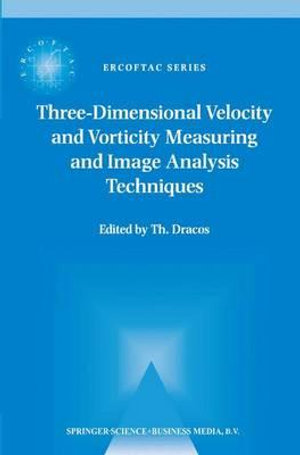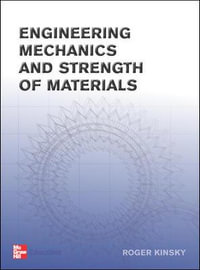
Three-Dimensional Velocity and Vorticity Measuring and Image Analysis Techniques
Lecture Notes from the Short Course held in Z¼rich, Switzerland, 3-6 September 1996
By: Th. Dracos (Editor)
Paperback | 9 December 2010
At a Glance
Paperback
$410.22
Aims to ship in 7 to 10 business days
When will this arrive by?
Enter delivery postcode to estimate
ISBN: 9789048147571
ISBN-10: 9048147573
Series: ERCOFTAC Series
Published: 9th December 2010
Format: Paperback
Language: English
Number of Pages: 332
Audience: Professional and Scholarly
Publisher: Springer Nature B.V.
Country of Publication: NL
Dimensions (cm): 23.39 x 15.6 x 1.75
Weight (kg): 0.47
Shipping
| Standard Shipping | Express Shipping | |
|---|---|---|
| Metro postcodes: | $9.99 | $14.95 |
| Regional postcodes: | $9.99 | $14.95 |
| Rural postcodes: | $9.99 | $14.95 |
How to return your order
At Booktopia, we offer hassle-free returns in accordance with our returns policy. If you wish to return an item, please get in touch with Booktopia Customer Care.
Additional postage charges may be applicable.
Defective items
If there is a problem with any of the items received for your order then the Booktopia Customer Care team is ready to assist you.
For more info please visit our Help Centre.
You Can Find This Book In
This product is categorised by
- Non-FictionSciencePhysicsOptical Physics
- Non-FictionEngineering & TechnologyMechanical Engineering & MaterialsMaterials ScienceMechanics of Fluids
- Non-FictionSciencePhysicsClassical MathematicsFluid Mechanics
- Non-FictionEngineering & TechnologyMechanical Engineering & MaterialsMechanical Engineering
- Non-FictionEngineering & TechnologyIndustrial Chemistry & Manufacturing TechnologiesIndustrial Chemistry
- Non-FictionEarth Sciences, Geography, Environment, PlanningEarth SciencesMeteorology & Climatology
























